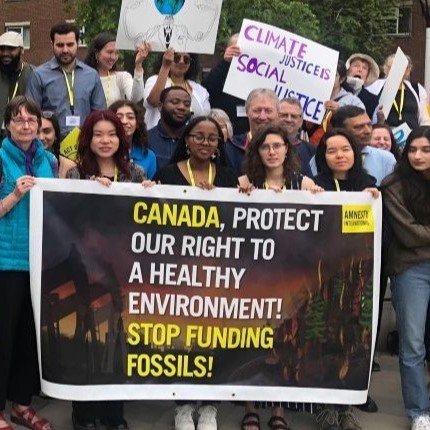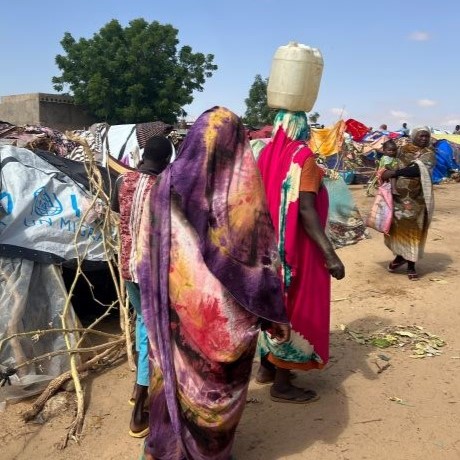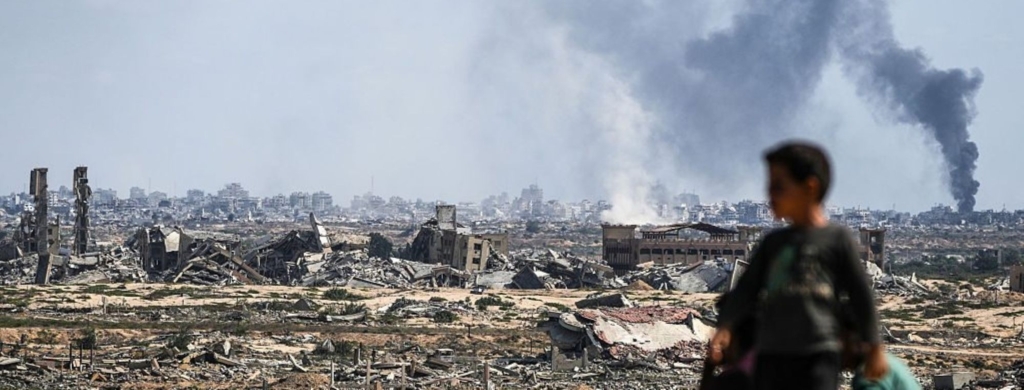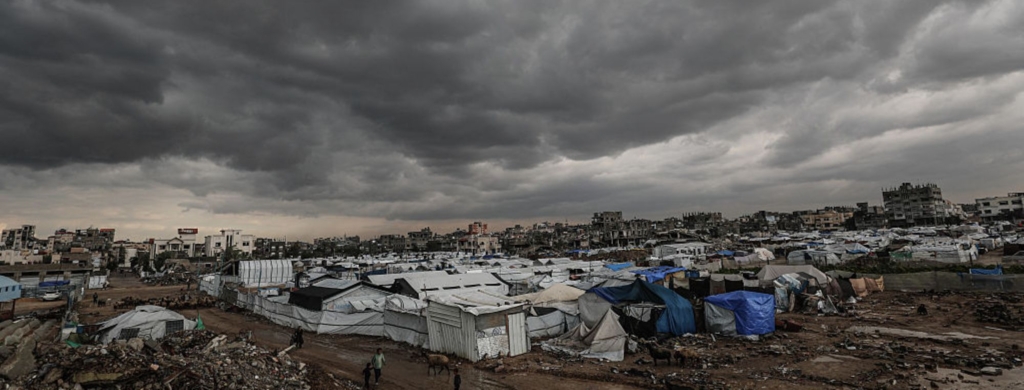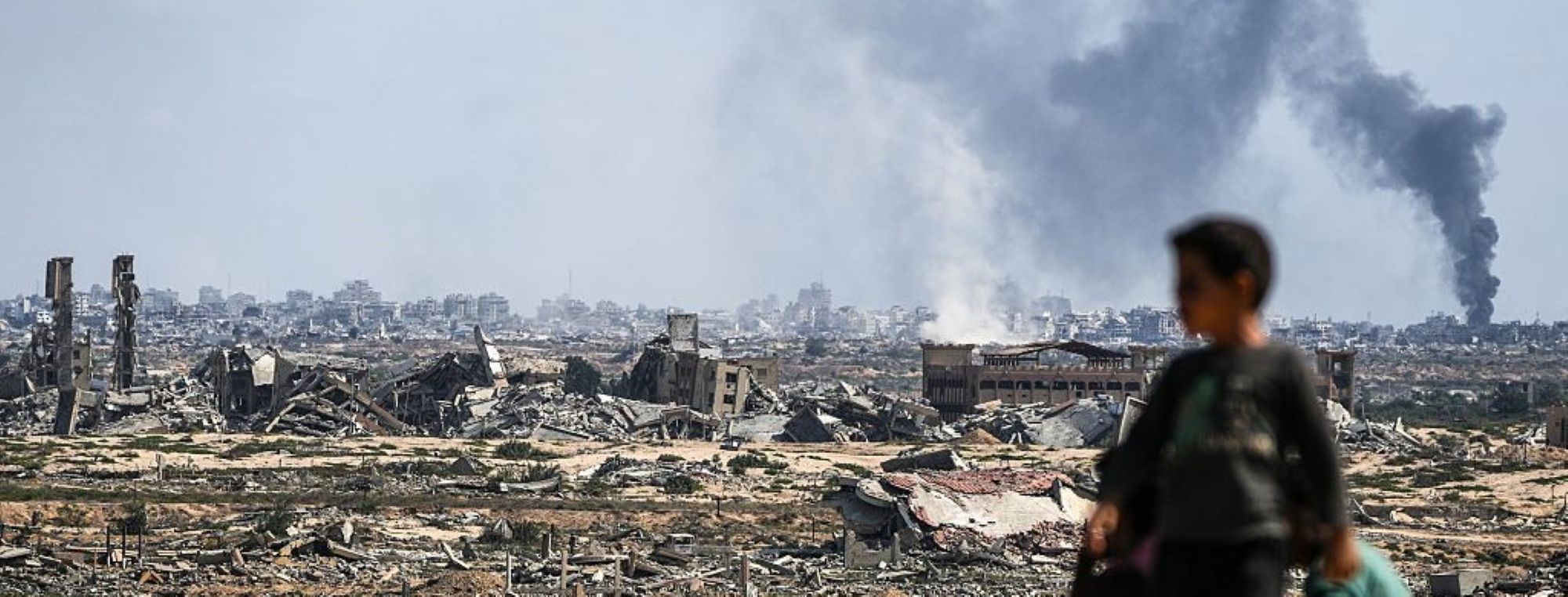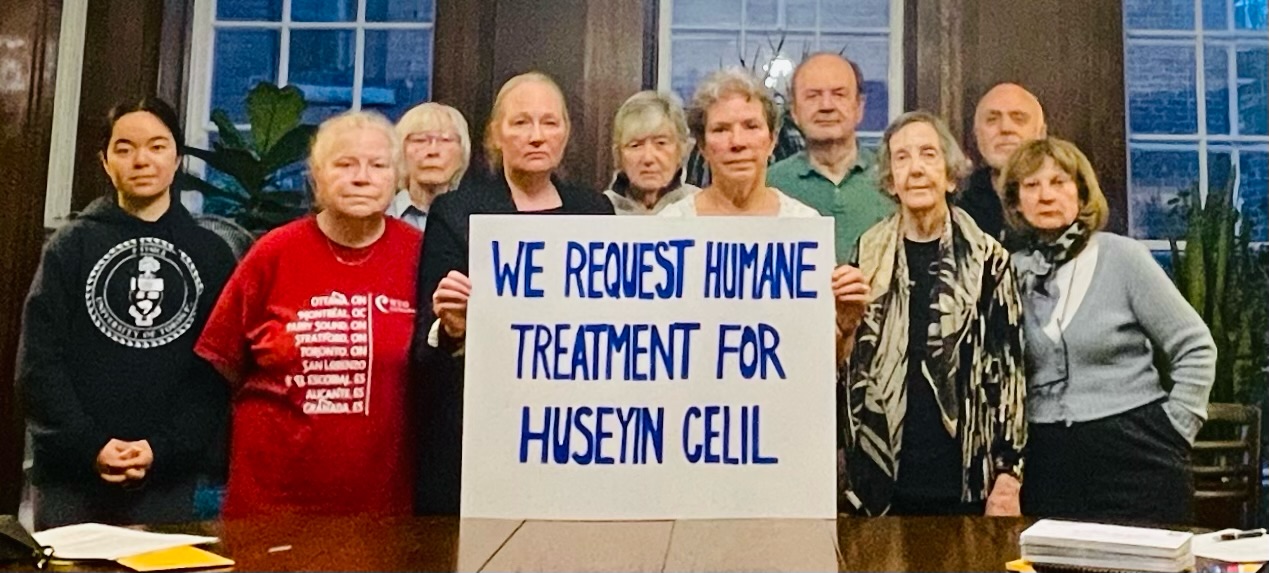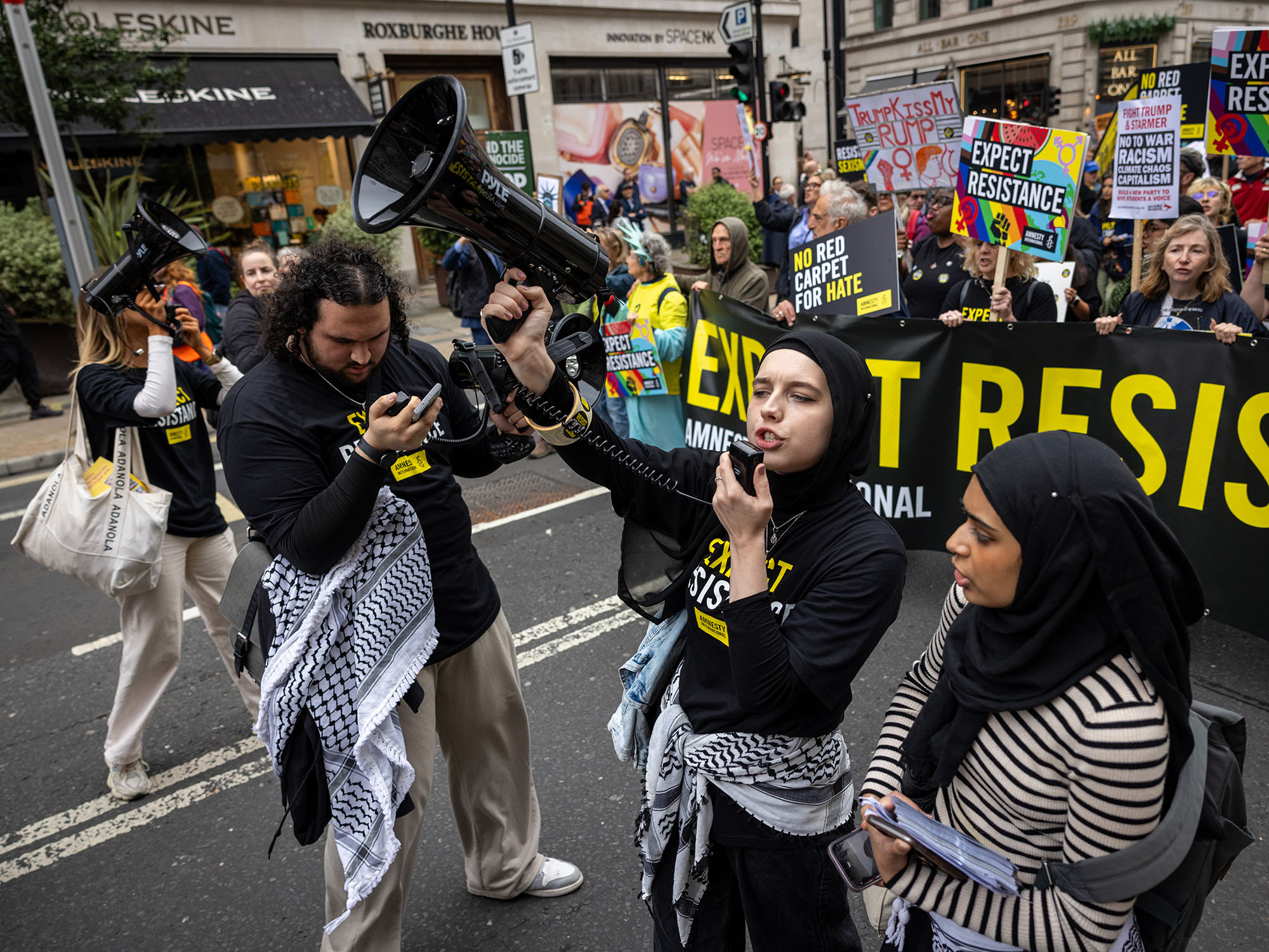“We will continue to bring unrelenting opposition to a project that can only be described as an unqualified disaster.” -Chief Lynette Tsakoza, Prophet River responding to Supreme Court of Canada ruling closing off one part to justice in the Site C struggle
Whatever your feelings about British Columbia’s Site C dam, whether you think the hydro-electric megaproject is needed or if you think there are better ways to invest in the province’s future, it should be clear that an unacceptable injustice is taking place.
The 100 km of the Peace River and its tributaries that will be flooded by Site C are part of the territory of Treaty 8, an historic Treaty between First Nations and Canada. Like other Treaties, the rights protected under Treaty 8 are recognized and affirmed in the Canadian Constitution. In other words, they are part of the highest law of the land.
Yet, the federal and provincial governments openly admit that they approved the Site C dam without ever considering whether the “severe”, “permanent” and “irreversible” harms identified by their own environmental assessment would violate Treaty 8.
Furthermore, when First Nations turned to the courts to protect the rights that governments ignored, the federal and provincial governments fought back, arguing successfully that an even longer, more expensive legal process would be required before government could be compelled to act.
The result: construction of the $9 billion mega-project is proceeding even while a fundamental question about its legality remains unanswered.
All this at a time when every province in Canada has promised to act on the Truth and Reconciliation Commission’s Calls to Action and the federal government has committed to honour the Treaties and fully and unconditionally implement the UN Declaration on the Rights of Indigenous Peoples.
Justice denied
The West Moberly and Prophet River First Nations tried to obtain justice through a process called a judicial review. A judicial review is meant to be a more efficient, less time consuming way to challenge whether a government decision is consistent with the law. Unfortunately, with a decision announced by the Supreme Court last week, this pathway to justice has now been closed.
In earlier decisions – decisions that Amnesty International considers deeply flawed and troubling – the Federal Court and the Federal Court of Appeal accepted the federal government’s arguments that it could not be held accountable to protect Treaty rights through a judicial review and that a full trial would be required to resolve the matter. Last week the Supreme Court of Canada announced that it would not consider further appeal of these rulings.
What this means is that if the First Nations of the Peace Valley need to rely on courts to uphold the rights that governments have chosen to ignore, they are in for a very long and costly fight.
The federal government successfully argued during the judicial review hearings that the onus is on First Nations to conclusively prove that they continue to exercise rights in affected area and that exercise of these rights would be severely impacted by the dam. Furthermore, the government argued that the evidence needed would have to be much more exhaustive than that already considered by its own environmental impact assessment.
Given Canada’s track record on previous cases, it’s fair to assume that if such a case were initiated, government lawyers would then fight the First Nations every step of the way, drawing out the process for years.
Significantly, the last court to rule on the matter, the Federal Court of Appeal, suggested the comparison of the Tsilhqot’in title case – a case that was resolved by the Supreme Court after a three decade long struggle in which the Tsilhqot’in had to prove that their rights even existed.
Holding governments accountable for reconciliation
“Renew or establish Treaty relationships based on principles of mutual recognition, mutual respect, and shared responsibility for maintaining those relationships into the future.” — Truth and Reconciliation Commission Call to Action 45.
The federal government’s promised “new relationship” with Indigenous peoples is something that Canadians overwhelmingly believe in. No matter how you look at it, however, the federal government’s position that it will not act on Site C until a court compels it to do so, takes Canada further away from, not closer to reconciliation.
Requiring Indigenous peoples to conclusively prove that their Treaty rights have been violated puts an unfair onus on Indigenous peoples while allowing the government to ignore its own obligations as a Treaty partner. That’s not reconciliation.
If the federal government genuinely doesn’t know whether the Site C dam is compatible with its Treaty obligations, it should ensure that construction is suspended until the matter is resolved.
If the federal government genuinely believes that the matter cannot be worked out collaboratively and cooperatively with the affected First Nations, but that a full court case is required, the government itself should shoulder the cost of such a proceeding while ensuring that the final outcome of a court case is not rendered meaningless by continued construction.
Unfortunately, to date, the federal government has shown no sign of accepting any its shared responsibility as a Treaty partner. This brings is back to the need for continued public pressure on both the federal and provincial governments to do the right thing.
Like the federal government, the new provincial government in British Columbia has made important commitments to uphold the UN Declaration on the Rights of Indigenous Peoples. It has also committed to a review of the economic viability of Site C before the BC Utilities Commission. Given serious doubts that have been raised about the need for an energy project of this scale, many believe that Site C could not pass such a review.
How the province structures this review, and how it responds to its conclusions, will also depend on political will.
Our online petition, calling on both the federal and provincial governments, to protect Treaty rights in the Peace Valley now has more than 72,000 signatures! Along with postcards, letters, print petitions and petitions organized by partner organizations, we estimate that more than 120,000 Canadians have already spoken out against Site C.
We strongly encourage all our supporters to keep up the pressure, including by sharing our online action with your friends.
Responding to last week’s Supreme Court decision, Chief Roland Willson of the West Moberly First Nation said, “We are grateful for the efforts of our many allies fighting alongside us to save the Peace River Valley. Each of you should know that we’re not giving up; we’re gearing up.”
Learn more
Amnesty report on human rights and the Site C dam
New statement of support for Peace Valley farmers threatened with eviction
Amnesty article in The Tyee: Human rights impacts of Site C ignored for too long













